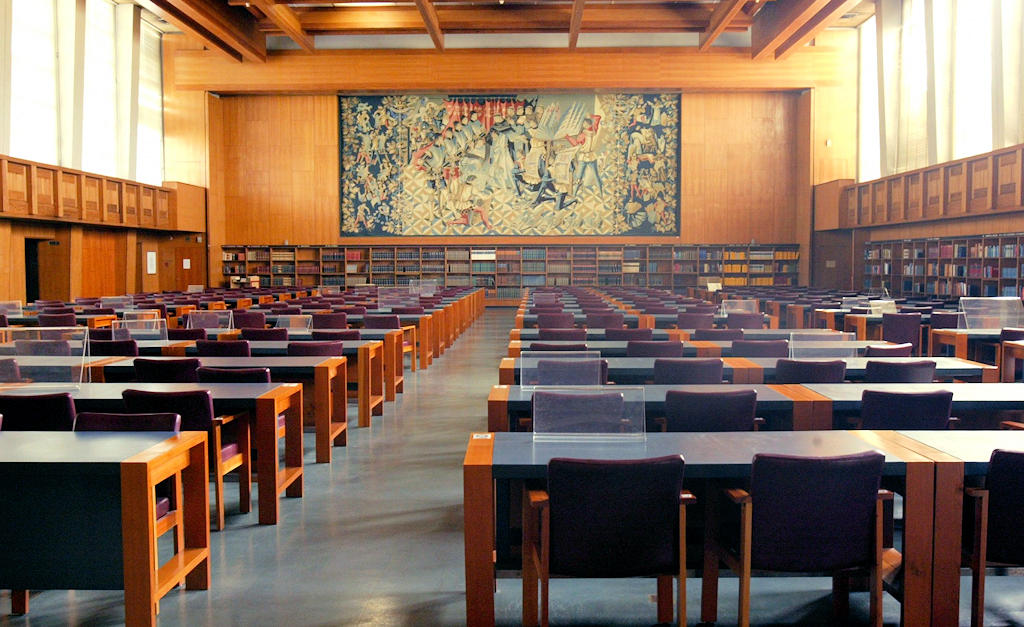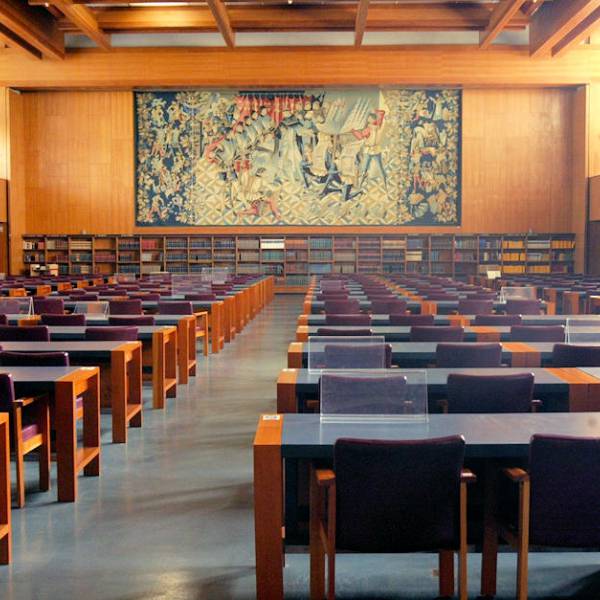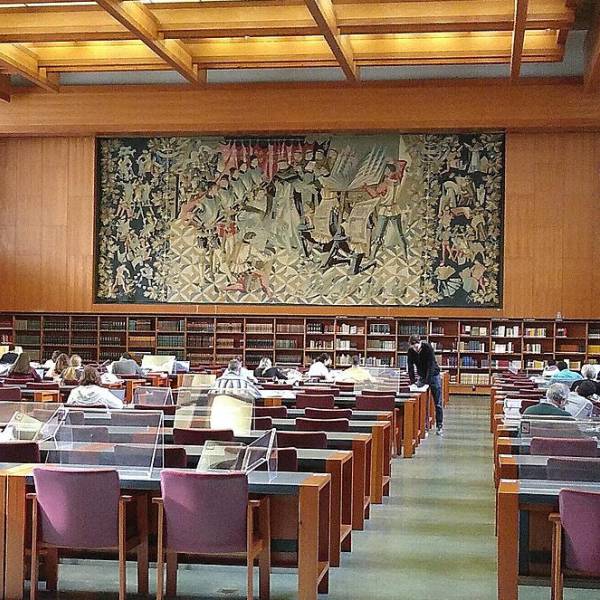As the national center for bibliographic information, Biblioteca Nacional de Portugal fulfills its mission of collecting, preserving, and disseminating all knowledge produced in Portuguese territory. With a collection exceeding three million documents, the library acquires materials through legal deposit and acquisitions of bibliographically or culturally significant works. It cooperates with national and international institutions through the Portuguese National Bibliographic Database (PORBASE), which allows users unlimited access to the library's services. Additionally, the library is one of the founding members of The European Library, an online platform that provides access to the cultural heritage of Europe.
The library's collection encompasses various sections, with the General Fund being the most significant in quantitative terms. It comprises over three million species, predominantly Portuguese literature from the 16th to the 21st centuries. The collection originated from the Royal Censorship Board's library and the dissolved convents in 1834. It includes sections of monographs organized by major themes, special collections acquired through donations, and a vast collection of Portuguese and foreign periodicals.
The Periodicals Collection contains approximately 50,000 titles of newspapers and serial publications, including 12,000 current Portuguese titles and around 240 foreign publications, with a particular emphasis on Brazilian production. The collection spans newspapers from Lisbon and Porto with national circulation, regional press, parish bulletins, school journals, reports and financial statements, and annuals from various companies and institutions. The majority of Portuguese newspapers and magazines date from the 19th and 20th centuries, although there are also publications from the 17th and 18th centuries. African, Macanese, and Goan newspapers form noteworthy sections, showcasing titles such as Arauto Africano, Lourenço Marques Guardian, and Correio de São Tomé.
The National Library of Portugal boasts an impressive range of collections, including manuscripts, rare prints, heritage collections and archives, contemporary Portuguese culture, cartography and iconography, music, and reading materials for visually impaired individuals. The Manuscript Area contains six collections comprising library documents and a smaller number of archival materials, with a total of approximately 15,066 codices and 36,000 loose manuscripts dating from the 12th to the 20th centuries. The Rare Prints collection consists of over 30,000 rare printed works, including incunabula and books printed after 1500. It encompasses Portuguese and Spanish typography from the 16th century, Erasmiana works, Plantiniana editions, Aldine editions, and various other specialized collections.
The library's archives house a wide range of historical documents from different origins, covering the 11th to the 20th centuries. Predominantly comprised of personal and family archives, it also includes central and local administration, ecclesiastical, military, and judicial archives. These archives provide valuable insights into the social, political, and cultural history of Portugal and its territories.
Lisbon.vip Recommends
The Cartography and Iconography collection houses a vast collection of maps, atlases, and geographical works, ranging from the 16th to the 20th centuries. It includes both Portuguese and foreign cartographic materials, offering a valuable resource for researchers, historians, and geographers. The Iconography section contains prints, engravings, drawings, and photographs that document various aspects of Portuguese history, art, architecture, and daily life.
The Music collection of Biblioteca Nacional de Portugal is a treasure trove for music lovers and researchers. It includes musical scores, sheet music, manuscripts, and printed works from different periods and genres. The collection encompasses classical music, traditional Portuguese music, popular music, and works by Portuguese composers.
In addition to its vast physical collections, the National Library of Portugal is actively engaged in digitization efforts. It has been digitizing its holdings and making them available online through its digital library, allowing users from around the world to access and explore its resources remotely. The digital library includes digitized books, manuscripts, periodicals, maps, and other materials, providing a convenient and comprehensive resource for researchers, students, and the general public.
The National Library of Portugal also plays an essential role in promoting literacy, reading culture, and education in the country. It organizes exhibitions, lectures, conferences, and workshops to engage the public and foster a love for books and knowledge. It offers educational programs for schools and universities, providing guided tours, research assistance, and access to specialized resources.
In conclusion, the National Library of Portugal stands as a vital institution for preserving and sharing Portugal's rich cultural and intellectual heritage. With its extensive collection, state-of-the-art facilities, and commitment to accessibility and education, it continues to be a beacon of knowledge and inspiration for generations to come.
Map View





